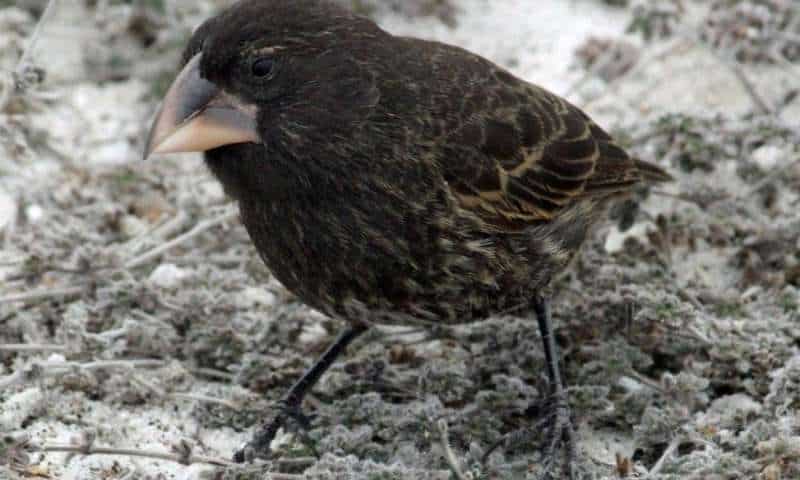A population of finches in the Galapagos has been caught in the act — the act being the creation of new species.

Darwin cemented his theory of evolution in the Galapagos Islands, and indeed, few places on Earth showcase evolution so spectacularly. Researchers have continued to focus on the islands, with research sometimes yielding surprising results.
For instance, in 1981, Professors Rosemary and Peter Grant noticed the arrival of a male of a non-native species, the large cactus finch. The male mated with a local female finch, producing healthy, fertile offspring. Said offspring continued to mate, and so on. Now, 30 individuals, belonging to a new species, can be observed on the island.
Nothing too spectacular until now, although it is remarkable that researchers can study the development of a new species in isolation. What is spectacular, however, is how fast new species can emerge.
“The novelty of this study is that we can follow the emergence of new species in the wild,” said B. Rosemary Grant, a senior research biologist, emeritus, and a senior biologist in the Department of Ecology and Evolutionary Biology. “Through our work on Daphne Major, we were able to observe the pairing up of two birds from different species and then follow what happened to see how speciation occurred.”
In the current study, researchers from Uppsala University analyzed DNA collected from the birds and their subsequent offspring, learning that new species can emerge in as little as two generations. Keep in mind, this isn’t a new breed or a new subspecies, but a different species. They call it the Big Bird lineage.
It’s quite likely that new lineages such as this one have emerged many times, some successful, while others faded away. It’s unclear what the future will hold for the new generations of finches, but who knows — the might someday lead to completely different species.
“We have no indication about the long-term survival of the Big Bird lineage, but it has the potential to become a success, and it provides a beautiful example of one way in which speciation occurs,” said Andersson. “Charles Darwin would have been excited to read this paper.
The study has been published in Science.


